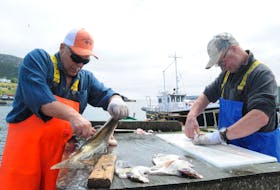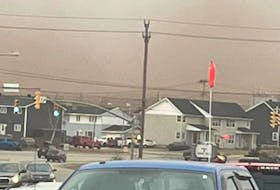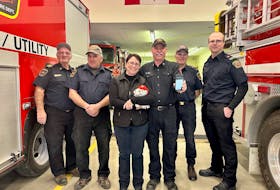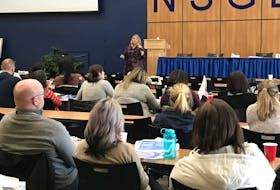HAPPY VALLEY-GOOSE BAY, N.L. — Transience has been a growing problem in Happy Valley-Goose Bay in recent years, and Mayor Wally Andersen says the province needs to step in and provide help.

“We’ve written the premier for meeting on what happened here the last few months and we told him we needed an emergency meeting. We need to stop what’s going on, losing people.”
Andersen is referencing the three deaths among the transient population in the town over the last six months. Two of the deaths are still under investigation by the RCMP.
Andersen said it’s been suggested some of the transient population have homes in other communities, but he said no one knows what each person is going through and why they made the decision they did.
He said they need to help people deal with whatever issues they may have, be it addictions or otherwise.
“We have to find a way to help them. We need the government to take a lead role. We’ve lost enough people; it has to stop.”
He said the province needs to work with the town, various indigenous governments, and other stakeholder groups to find a solution.
Michelle Kinney, Deputy Minister of Health and Social Development with the Nunatsiavut Government (NG) agrees everyone needs to work together.

Kinney runs the shelter in Happy Valley-Goose Bay, which is funded by the provincial government and administered by NG. It has funding for eight beds but usually has 13 filled.
She said there are several provincial government departments at play, as well as local government and the indigenous governments, but there isn’t a cohesive response.
“If things were more coordinated, if there was more communication, that’s a way to save money and make things more effective,” she said. “Why don’t we just have an inter-governmental committee to look at the issue and see what the potential solutions are, instead of volleying the issue back and forth. There has to be a plan.”
She said it’s a very complex issue involving many factors such as housing, substance abuse, and mental health. Housing on the north coast is part of it, she said, but there are also groups of people who have homes in other communities who choose to spend some of the year living in the woods near Happy Valley-Goose Bay.
Some people in the transient population don’t stay at the shelter, Kinney said, for different reasons. Some prefer to live outside, and some don’t have financial coverage to stay there. She stressed no one is ever turned away and they can find alternate accommodations for people if they’re full.
While she doesn’t think it will impact people living outside in the Happy Valley-Goose Bay area, a proposed shelter in Nain may also help with people seeking a place to stay.
Kinney said it’s in the early stages, but they are hoping to run the federally funded pilot project for at least six months to help address the homelessness issue in the coastal community.
“There is a population of truly homeless people in Nain and Hopedale in particular,” she said. “Some of them come down to Goose Bay so that’ll help with that, but it won’t help with the people who aren’t from Nain. I can’t stress it enough; we need a coordinated approach to this.”









